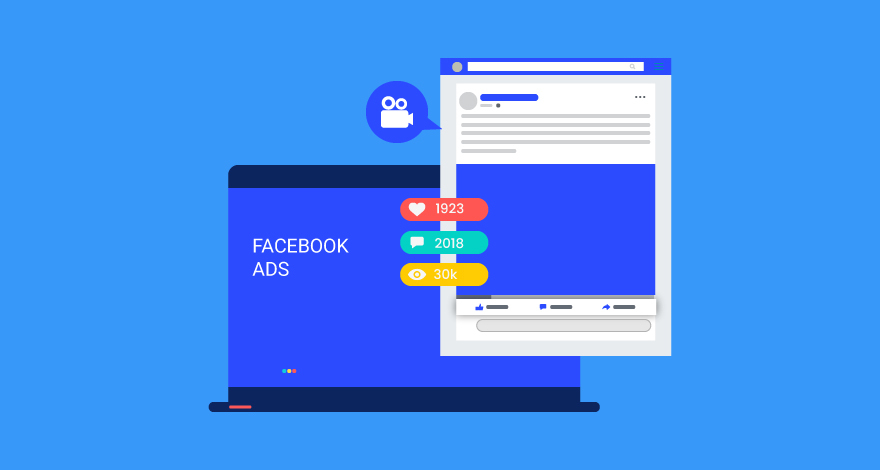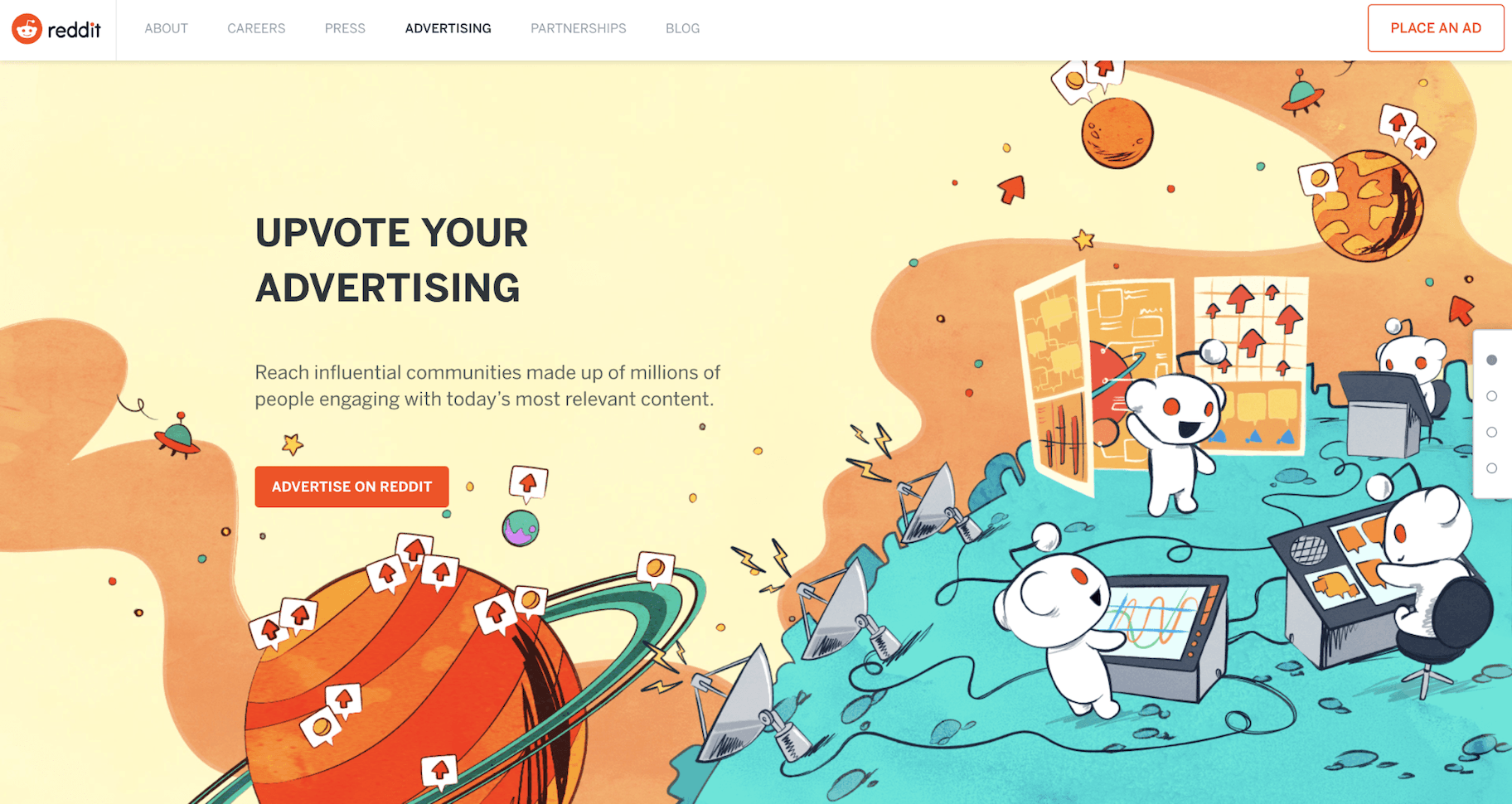
Sponsored link ads are simple texts that appear at top of search results. Google allows advertisers place sponsored links on their website. Other websites accept these ads. Facebook and Instagram are popular social media networks with large user numbers and similar advertising formats. These networks are often more successful at driving traffic to the sites than Google. The purpose of your sponsored links will determine whether you include them in your content. Find out more. Here are some ways to differentiate sponsored links from editorial links.
Advertising via pay-per-click
Pay-per–click advertising is a method to purchase visits for your website. Pay-per-click is often cheaper than organic traffic because you only pay for clicks on your ads. Additionally, pay-per click traffic is restricted to people who are already interested. This means that if your ad has a catchy headline as well as being compelling, you can expect a decent return.
Cost-per-acquisition
If you're using paid search and display advertising to increase sales, cost-per-acquisition (CPA) is a great way to measure your return on investment. CLV, which is the cost to acquire a customer, is often used in advertising. You can calculate CPA using simple data, such as the average order value, or by calculating the average customer lifetime value (CLV).
Distinguishing sponsored links from editorial links
It is crucial to distinguish between sponsored and editorial links in digital advertising. A recent survey by Sharethrough Media Labs and IPG Media Labs found that readers spent as much time reading sponsored content than they did reading editorial content. While 66% of respondents have not clicked on sponsored articles, 33% do. However, the percentage of viewers who do click on editorial content is considerably higher than the sponsored articles.

The risks of publishing sponsored links
Sponsored links can lead to alienation. You may not want your audience to feel as though you're trying to sell them something, but sponsored links can be helpful in finding high-quality products and services. Just make sure you clearly state that you are receiving compensation for the placement of the link on your blog. Here are the top risks of posting sponsored links on your blog. But remember: the benefits outweigh the risks.
FAQ
What is radio advertising?
You should understand how the different types of media affect each other. It is important to understand that all media forms are complementary and not competitive.
Radio advertising is best when used in conjunction with television. Radio complements television advertising by reinforcing key messages or providing additional information.
For radio listeners, TV commercials can often be too long. Radio ads are often shorter and cheaper.
What is an ad campaign?
An advertisement campaign is a series containing advertisements to promote a product. It can also refer to the whole production of such ads.
"Ad" is a Latin word that means "to sell." The first known use was by Marcus Terentius Varro (116-27 BC), who used it as a verb meaning "to make a sale."
Advertising campaigns are typically done by large agencies and companies. Advertising campaigns can involve many media types, such as television, radio, print, and the internet.
Advertising campaigns last several months and are usually focused on specific goals. Some campaigns are designed to increase awareness, while others aim to increase sales.
What is the best way to learn about television advertising?
Television advertising is an extremely effective medium for reaching many people at once. It was also quite expensive. It can still be very powerful if used correctly.
While there are many types and styles of TV ads, most share some common traits. When planning any TV ad, the first thing you should do is ensure that it fits within its category. Don't confuse a lifestyle ad with a product advertisement if you are running a commercial. Your message should remain consistent throughout the campaign.
It is important to remember that ads are best aired during prime-time. This is because viewers tend to watch TV while sitting down in front the television. You want them to be comfortable enough to listen to your words.
The bottom line is that even if you have a lot to spend, it doesn't necessarily mean you'll be able to get great results. In fact, the opposite may be true. According to University of California research, commercials airing during popular shows are less likely to be seen and sell more products than those which air during unpopular shows. Make sure you are doing it right if you're spending a lot on TV advertising.
What are the basics of print advertising?
Print advertising is a great medium to communicate with customers. Many companies use it to promote products and services. It is designed to attract the attention of the customer.
Print ads are typically one page long and include text, images, logos and other graphics. These ads may include sound, animation and video as well as hyperlinks.
These are the main types of print ads:
1. Brochures - These are large format printed pieces designed to attract people into stores. They are often filled with colorful images and catchy designs.
2. Catalogues are smaller versions than brochures. They are sent to customers who have requested specific information.
3. Flyers are small pieces or paper distributed at events such concerts and fairs. Flyers can be handed out at retail outlets for a small fee, but are generally free.
4. Posters – These are larger versions than flyers. They are displayed on walls, fences, and buildings. They are usually made using computer software programs, which is designed to draw the eye of passersby.
5. Direct mail - This refers to letters or postcards mailed directly to potential customers. These are sent to customers periodically by businesses to remind them about their business.
6. Newspaper Ads are placed in newspapers and magazines. They are usually very long and contain text and images.
How can I choose my target audience
Begin by talking to yourself and people close to you. Do you not know where to start? Ask yourself "Whom do I want to reach?"
Ask yourself the following questions: Who are my industry's most influential people? What problems do they have to deal with every day? Which people are the most intelligent in my industry? You can find them online.
Rewind to the beginning, when your business was founded. Why did your start? What was your problem and how did it solve?
These answers will help identify your ideal clients. They will also reveal their personality and reasons for buying from them.
You can also look at your competitors' websites and social media pages to find clues about whom they cater to.
Once you've identified your target customers, you'll need to decide which channel(s) to use to reach them. For example, if your company provides services to real estate agents, you might create an informational website targeting home buyers.
A blog that targets small-business owners could be a possibility if you are a software provider.
A Facebook page for teens could be set up if you are a clothing seller. If you own a restaurant, you can set up a twitter account to provide information for parents searching for child-friendly options.
The important thing is that you have many options for getting your message across.
What is the best way to advertise online?
Internet advertising is a key part of any business strategy. It helps companies reach potential customers at a low cost. There are many kinds of internet advertising. Some are free while others may require payment.
There are several options for advertising on the internet. These include banner ads, pop-up advertisements, search engine optimization (SEO), PPC (pay-per-click) advertisements, social media and mobile marketing. Each method has its pros and cons.
How much does it take to advertise on social networks?
This route is not for everyone. You'll be charged monthly according to how long you spend on each platform.
Facebook - $0.10 Per 1,000 Impressions
Twitter - $0.20 Per 1,000 Impressions (if you tweet).
Linkedin - $0.30 for 1,000 impressions if your send out invitations
Instagram - $0.50 Per 1,000 Impressions
Snapchat - $0.60 per 1,000 impressions ($0.40 per user)
YouTube - $0.25/1000 views
Tumblr $0.15 for 1,000 impressions text posts
Pinterest - $0.05 per 1,000 impressions per month
Google + - $0.15 - $0.20 per 1 Million Impressions
Tumblr $0.15- $0.20 for 100,000 impressions
Vimeo - $0.20 to $0.25 per 10,000 impressions
Soundcloud: $0.20-$0.25 Per 1 Million Plays
StumbleUpon - $0.20 -$0.25 per 1 billion pageviews
Digg – $0.20 - 0.25 per 1000 diggs
Reddit – $0.20-$0.25 Per 1000 Comments
Wordpress - $0.20--$0.25 per 500 comments
Flickr - $0.20 -- $0.25 per 5,000 photo uploads
Statistics
- This means that at least 50% of an ad needs to be shown on the screen for at least one second. (quicksprout.com)
- Advertising's projected distribution for 2017 was 40.4% on TV, 33.3% on digital, 9% on newspapers, 6.9% on magazines, 5.8% outdoor, and 4.3% on radio. (en.wikipedia.org)
- It's 100% reliant on your website traffic. (quicksprout.com)
- Google will display whichever ad type (CPM or CPC) is expected to earn more revenue for the publisher, which is in Google's best interest since they take a 32% share of the revenue. (quicksprout.com)
External Links
How To
How to create sponsored ads on Facebook
Facebook is now one of the most used social networking sites. There are approximately 1.79 billion monthly active users in the world. The number is increasing every day.
Facebook is completely free. However you can pay to reach specific audiences. Paid advertising options include promoted posts and banners.
Log into the existing app if you already have it registered. Or click "Create New App." These are the steps to follow:
-
Click "Add Platform" under the Apps section.
-
Click Next, and select Advertising.
-
Please fill out this form and send it back.
-
Once you have been approved, you will receive a Client ID number and a Secret key. Copy them.
-
Copy the keys and paste them into the fields.
-
Enter the name of your campaign, and then select the currency.
-
Click "Begin Campaign"
-
Follow the steps until the banner appears. Then copy the URL and go back to your Facebook page.
-
Paste the code in the box provided via Facebook
-
Click on "Save Changes"
-
Your ad should be now live!
-
You can repeat steps 10 through 12 for every additional banner you create.
-
When finished, click "Continue" and proceed with the rest of the process.
-
Create your final ad group.
-
After you are done, click "View All Ads" and see all your campaigns.
-
Click the "Remove Advertisements" button next to any ad.
-
If you don’t see results after running your campaigns, ensure that you followed all the directions.
-
Be sure to verify the date range of your campaigns.
-
Set your budget accordingly.
-
Save your changes.
-
Review the settings for your campaign before clicking "Submit."
-
Your ads will appear on your timeline when you wait.
-
Congratulations on a job well done!
-
Let's take a look at some ways to improve your results.